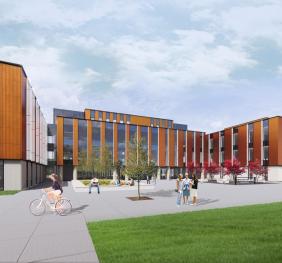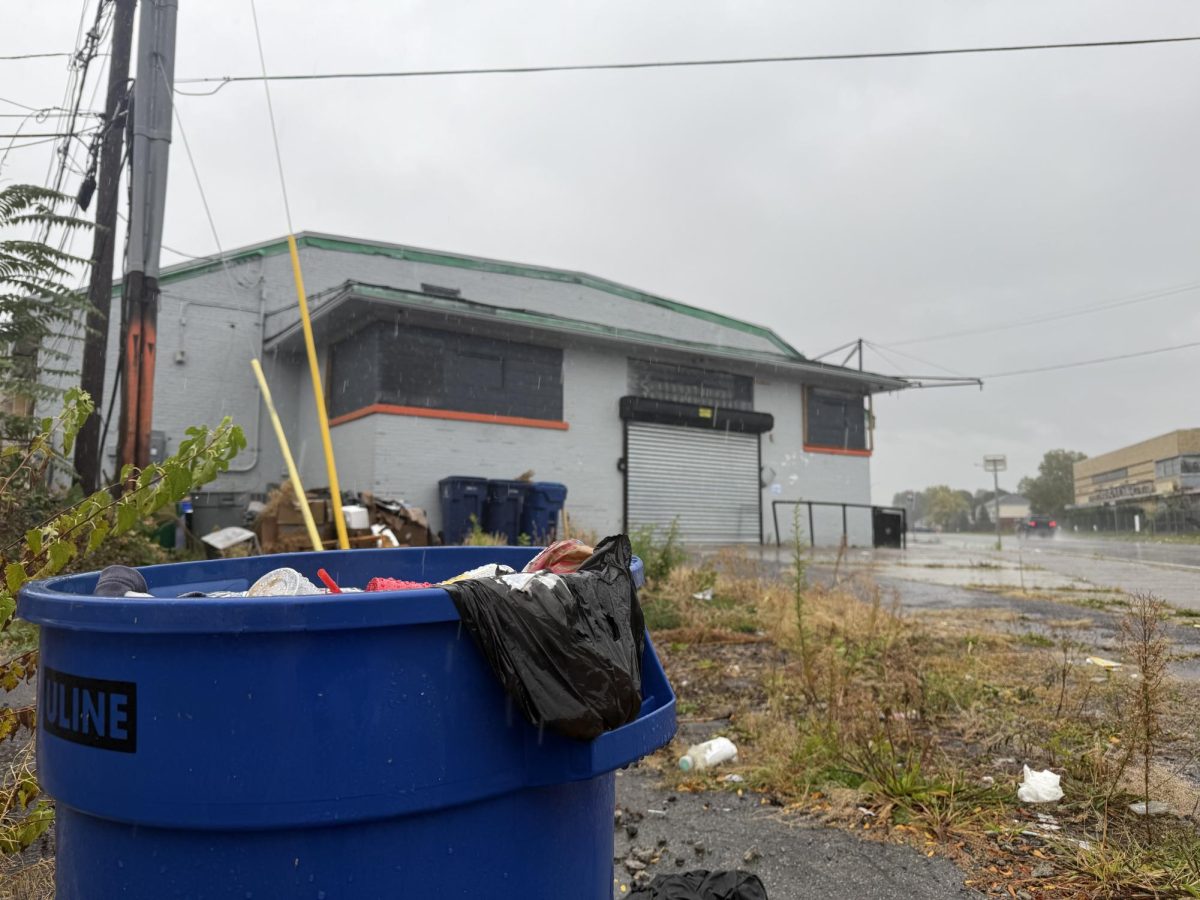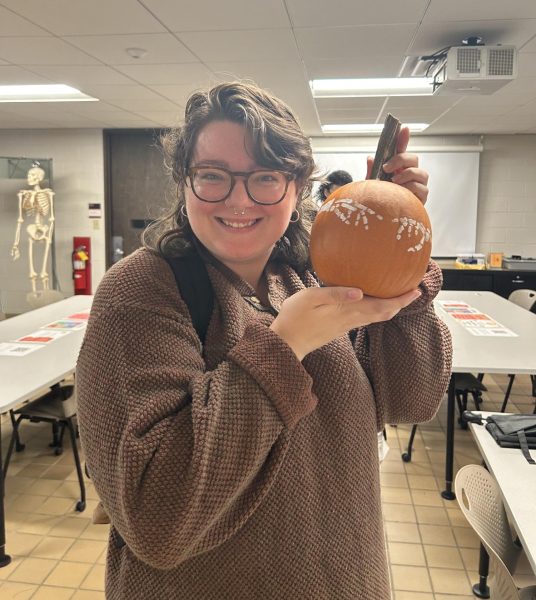Capital development board explained and why renovations for Classroom Building are prioritized above Ketchum Hall

Classroom Building photo credit: Buffalo State website Facilities Construction and Maintenance page
October 18, 2021
The vice president of Finance and Management, Laura Barnum, spoke with Buffalo State The Record to respond to unanswered questions about Ketchum Hall’s degraded conditions.
Barnum says that Ketchum was already on the list of priorities prior to her starting her position in 2018.
In her first 90 to 180 days she conducted a risk assessment of what was needed throughout campus and discovered that there was a lot of work.
“While there was a lot of good work being done in facilities and campus planning, there wasn’t a process in place to really navigate and understand across the institution of what the capital priorities were,” Barnum said.
With the help of some colleagues across SUNY including Robert Haelen, the senior vice chancellor for Capital Facilities and general manager of the SUNY Construction Fund, she received guidance and helped set forth in putting a capital development board in place.
“The capital development board ensures that we are prioritizing any of our critical maintenance, so that would be anything that is needed on existing buildings [and] that we’re not looking at a major renovation, but work that needs to be done to keep the building in operating condition,” Barnum said.
Any major renovations or new construction is put into account next.
She prioritized the capital research process before starting the strategic research planning process.
There are two lenses in which the dean or vice president of each school or division uses to identify needs that they find are important: operating and strategic, according to Barnum.
Analyzing from an operating lens includes prioritizing tasks that need to be done to continue running in the existing environment.
Observing from a strategic standpoint includes things like starting a new academic program.
The analysis is then brought to a steering committee, which is made up of five subcommittees and is led by the campus planner, Sarah Reid, and associate provost of Academic Affairs, Amrita Wall.
The board reviews all of the issues, including the strategic research planning process from the capital side, putting into account factors such as enrollment, new academic needs and critical maintenance.
The board proposes recommendations to the president for consideration, which then feeds into the capital plan that is delivered to those in charge of the SUNY Construction Fund in Albany.
Those who oversee the SUNY Construction Fund allocate money based on a prioritization of all of the 64 SUNY campuses across the state.
The factors that they put into include age and exterior of the building, square footage, programs needed and estimated cost of maintenance.
Barnum says that when critical maintenance gets to a certain level, a lot of operating dollars are spent on maintenance in contrast to doing a renovation.
Operating dollars and renovation dollars derive from two different roots.
The funds for renovation are sourced from bonded capital, whereas operating dollars are sourced from state tax support dollars.
“That’s really important to note because some people might have questions and say, ‘How can we be struggling with our operating budget, but we’re over here doing capital improvements or major renovations?’” Barnum said.
Barnum acknowledges that it’s important to put into account how long deferred maintenance continues because it can also negatively affect the operating budget.
After a long analysis, the leadership team in charge of the SUNY Construction Fund gives the school a budget and notifies what projects they will fund.
Major renovation projects for construction are funded through phases as the project continues.
The whole amount is not set aside all at once.
For example, Classroom Building’s project cost of $78 million is funded little by little depending on the needs and supplies for that particular phase.
Why was Classroom Building prioritized first above Ketchum?
Classroom Building was deemed a critical need because of its internal systems, which were beginning to impact the exterior of the building, “jeopardizing the entire structure.”
“A lot of it has to do with the deferred maintenance and the evaluation of the systems, which unfortunately are not things we can see often,” Barnum said.
Barnum says that occurrences such as water leaking or damage to carpets are “not major systems where the building can’t operate at all.”
Some sources have tied the drop in enrollment to Ketchum Hall’s degraded conditions.
Although enrollment is one factor that is put into account as to how funds are allocated, the primary factors that are most put into account are internal systems and how it could critically affect the entire building, according to Barnum.
“Where I really think enrollment plays a bigger role is if we try to make a push for a strategic priority investment, and we don’t have the enrollment to support that,” Barnum said. “That’s where more of the question would come in on whether they would fund it or not.”
Even if enrollment was down, that doesn’t mean the responsibility to care for the building would be abandoned.
Addressing the drinking fountain, Barnum says that one major obstacle was because a lot of the buildings were not in operation during the pandemic.
Despite the unfortunate circumstances, Barnum says that she “[appreciates] everyone’s grace and patience” while the facilities and maintenance team got through all the work orders to get back up and running.
Should anyone have any questions or concerns about safety, Barnum advises to report it in a work order or contact Jeff Hammer, the director of the Environmental Health and Safety.



